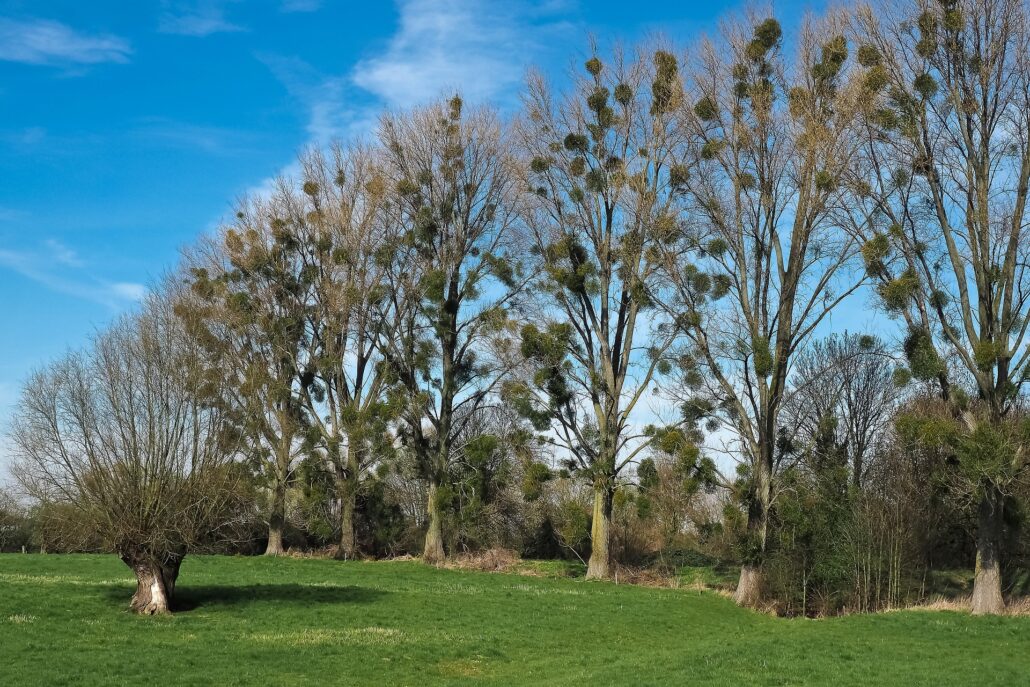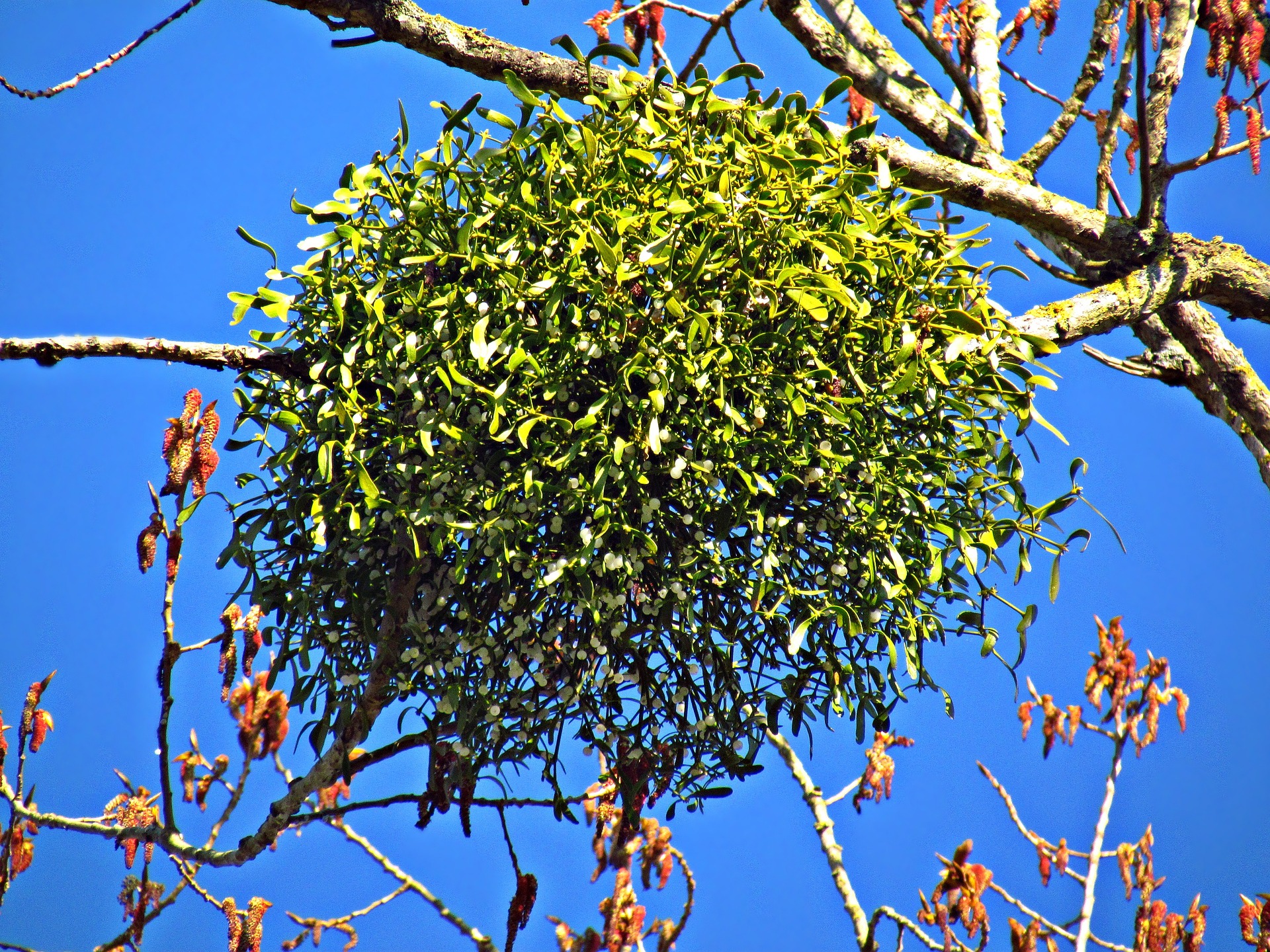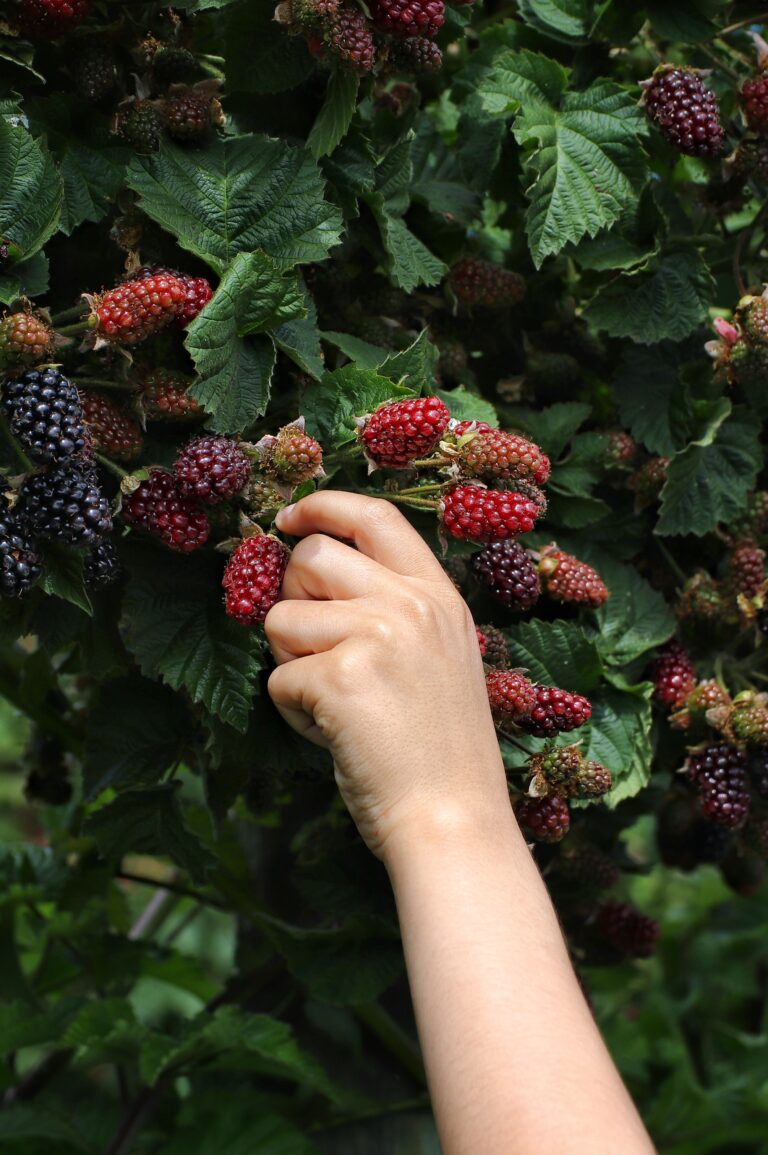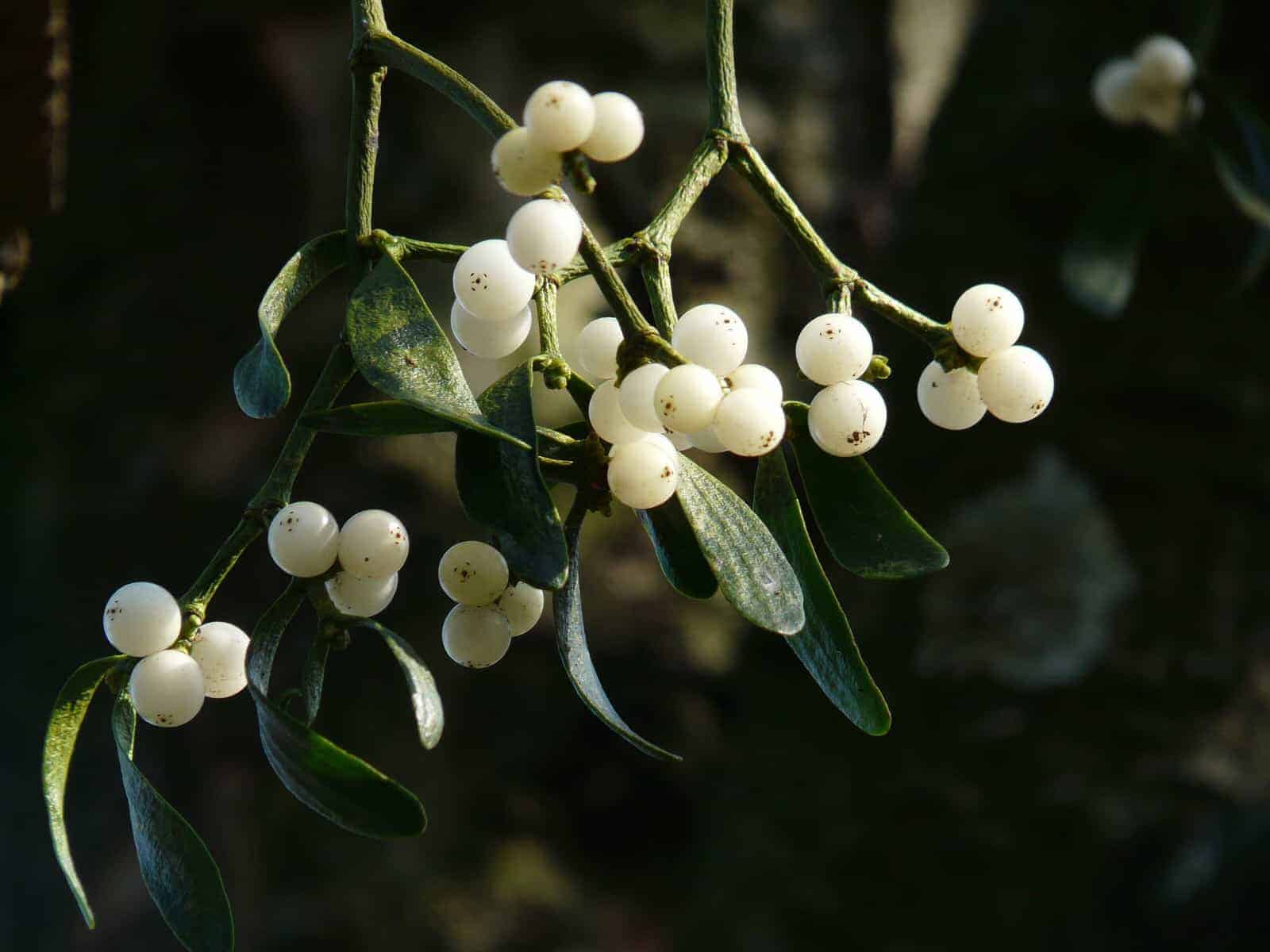Mistletoe
Mistletoe features in Druid, Greek and Norse mythology in varied connotations but kissing under the mistletoe links back to the plant being a symbol of fertility. Hanging the plant in your doorway was said to bring a fertile and prosperous New Year, and traditionally the recipient of the kiss received good luck.
It is thought that it was its unique shape, appearing to just exist on a tree with no obvious roots or connection to the ground, deeming it to be some sort of magical plant with extraordinary properties that linked this plant strongly to folklore and mythology.
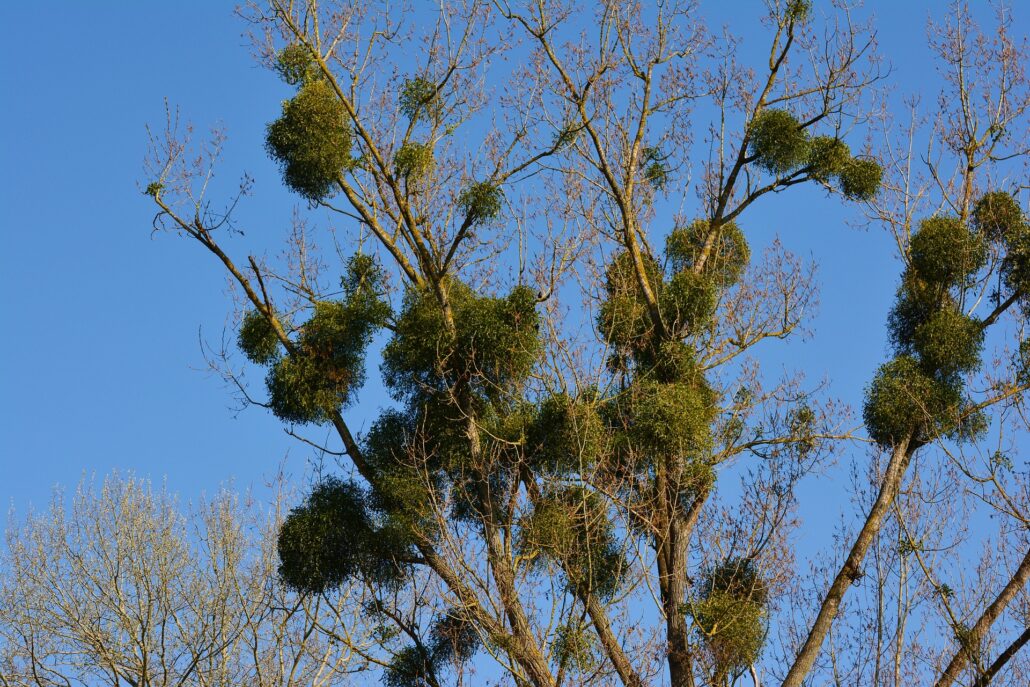
Any romantic view of the plant may change though when we discover it is a parasitic plant, growing on the branches of various tree species, leaching its water and nutrients from the host tree for its own survival. Mistletoe favours aged Apple trees, but also thrives on Lime trees, Hawthorn, Willow, Rowan, Sycamore and mature Oaks.
Mistletoe is classed as a Hemi-parasitic plant, this means it actually only partially relies on the host for its survival. Alongside the nutrients it gains from the host tree, mistletoe also produces its own energy through photosynthesis.
This evergreen plant has vibrant green leaves and distinctive white berries in the winter that are often seen in festive scenes. The mistletoe is a distinctive plant and easy to identify, but be aware this plant is poisonous to humans!
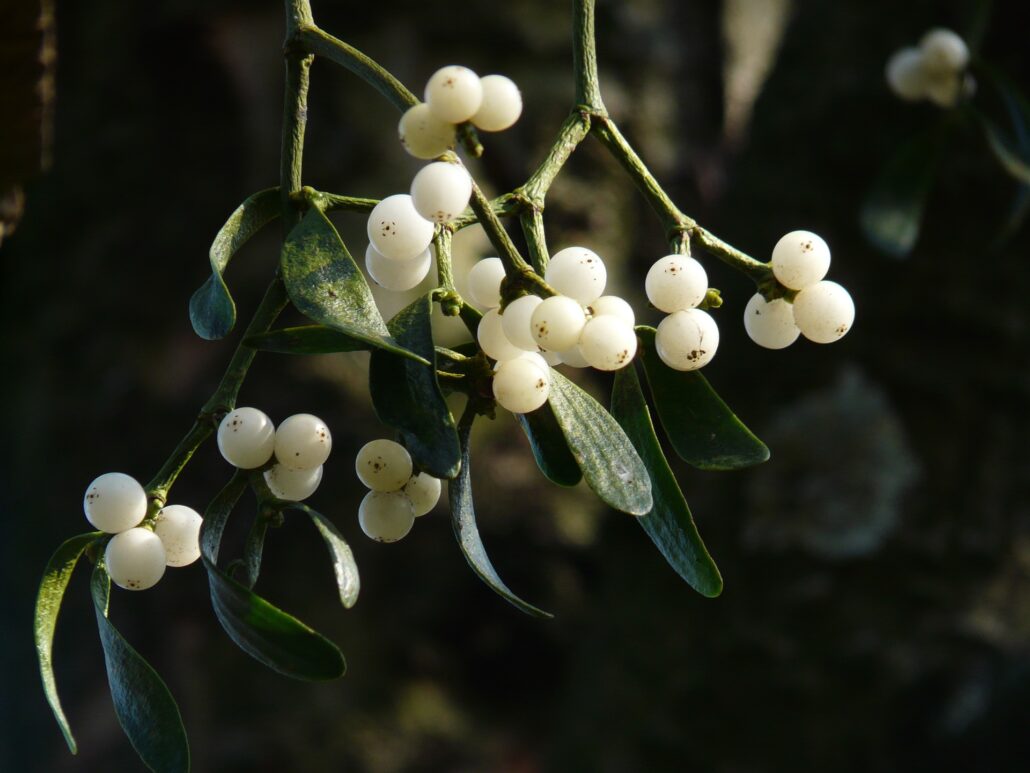
But…in the distinctive white berries there is a fantastic secret that aids the plant’s survival. The berries are highly edible to birds, and within the berries are the plant’s seeds. These seeds are covered in a thick glue like goo, so when the birds eat the fleshy part of the berries the sticky seeds stick to their beaks. When the birds go from tree to tree the seeds get distributed on to the bark of other trees and are stuck there with the goo. Or if the seeds get fully ingested and are then spread when the birds pass the seeds on the next tree, allowing the next generation of the mistletoe plant to start its life cycle.
Mistletoe are dioecious plants, meaning they are either male or female. It is the female plants that produce the berries. For the mistletoe to thrive there ideally needs to be both male and female plants close by. This plant relies heavily on insects to pollinate the plant. Once the flower has been pollinated they then grown and develop in to the white berries.
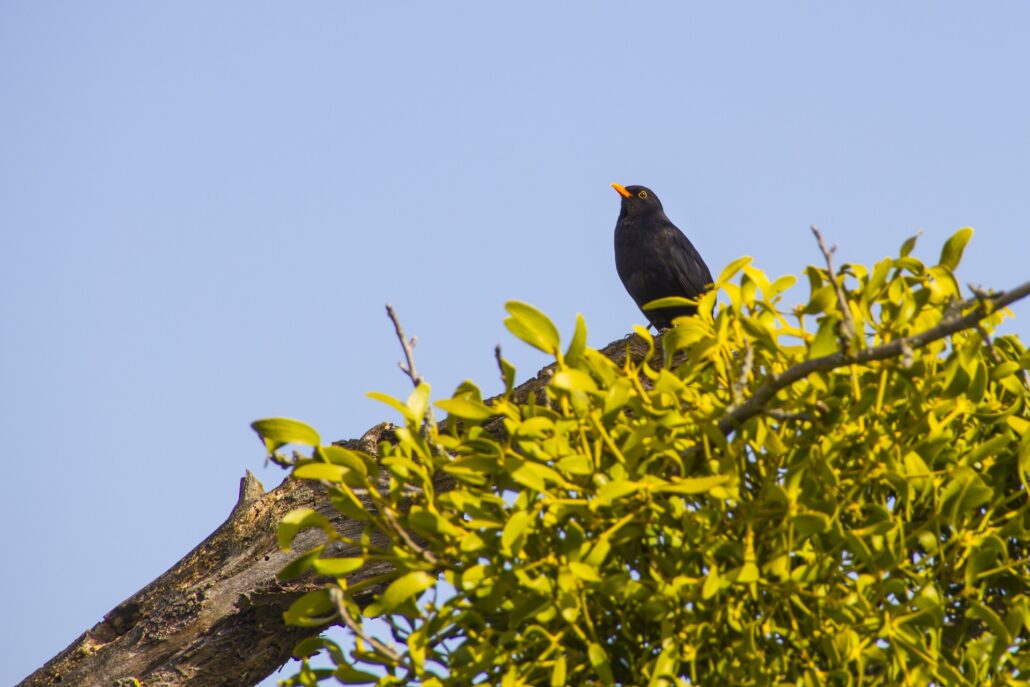
Certain species of mistletoe have in fact been recognised as key stone species because their presence boosts wildlife numbers in the area. Many migratory and native bird species thrive due to the berries. Many insect species, and certain moth species, rely heavily on the plant itself.
Research showed that in areas where mistletoe plants were cleared, there was a significant decrease in these wildlife numbers. This should be a consideration if you are collecting mistletoe for your festive decorations, as with all foraging, be sure you know your plant ID and only forage responsibly and sustainably.
